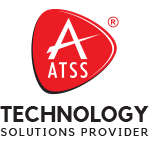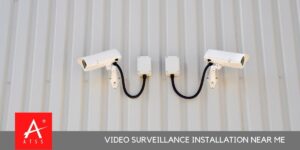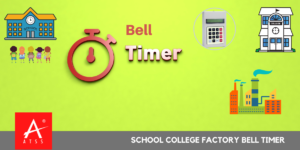
Bell Timer
What is a Bell Timer? Bell timer play a vital role in automating schedules in schools, factories, offices, and other ...
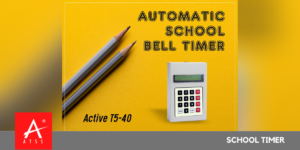
School Timer
How the ATSS School Bell Timer Automates & Transforms Campus Time Management. The Evolution of School Bells Gone are the ...

Home Security Alarm System
Home Security Alarm System – A Comprehensive Guide by ATSS In an era where safety and peace of mind are ...
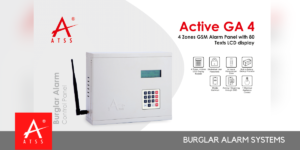
Burglar Alarm Systems
How to Choose the Best Burglar Alarm System for Your Home In today’s fast-paced world, ensuring the safety and security ...

Burglar Security System
The Ultimate Guide to Burglar Security Systems: Protecting Your Property with Peace of Mind 1. Introduction: The Need for Burglar ...
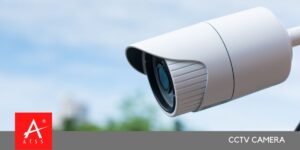
CC Camera
Comprehensive Guide to Choosing the Best CCTV Camera for Home | CC Camera Introduction In today’s world, security has become ...
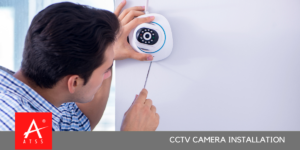
CCTV Cameras Installation
In today’s fast-paced world, security and surveillance have become essential for protecting residential and commercial properties. With rising concerns over ...
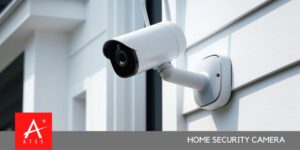
Home Security Cameras
📌 Introduction: Why Home Security Cameras Are Essential In today’s world, safeguarding your home is more critical than ever. With ...
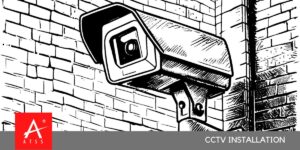
CCTV Installation
Comprehensive Guide to CCTV Camera Installation Who Needs CCTV Camera Installation? CCTV camera installation is essential for anyone who values ...

Security Cameras
🔒 Enhance Your Home Security with Advanced CCTV Camera Systems Introduction In today’s world, safeguarding your home and loved ones ...
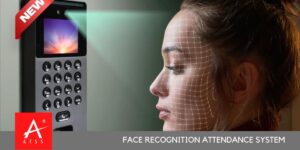
Face Recognition Attendance
Face Recognition Attendance System – AIFace Orcus In today’s fast-paced world, businesses and organizations demand a secure, contactless, and AI-powered ...
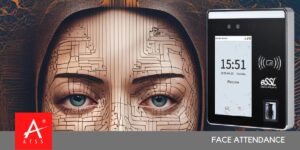
Facial Recognition System
The Ultimate Guide to Face Attendance Systems In today's fast-paced world, organizations are constantly seeking innovative ways to enhance security, ...
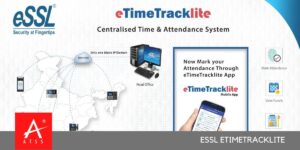
eSSL eTimeTrackLite
eSSL eTimeTrackLite Time Attendance Software eSSL eTimeTrackLite - You have a team of people and you want to keep track ...
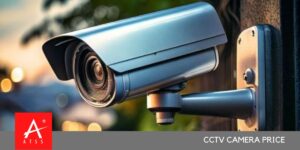
CCTV Camera Price | Call 9150012345
CCTV Camera Price Guide 2025: Comprehensive Costs and Installation in Chennai In today’s world, a reliable CCTV system is a ...

Cctv Near Me | CALL 9150012345
The Ultimate Guide to Finding CCTV Camera Services Near You In today's world, security is a top priority for homeowners, ...

Cctv Camera | CALL 9150012345
The Ultimate Guide to CCTV Camera Installation in Chennai In today's fast-paced world, security has become a top priority. Whether ...
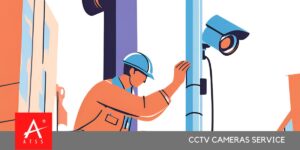
Cctv Camera Repair | CALL 9150012345
A Step-by-Step Guide to CCTV Camera Repair and Maintenance Is Your CCTV System Malfunctioning? Cctv Camera Repair - Are you ...
